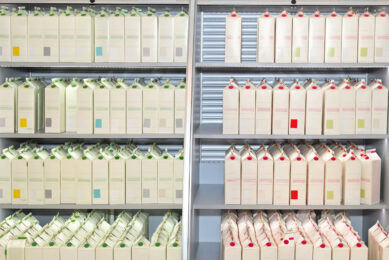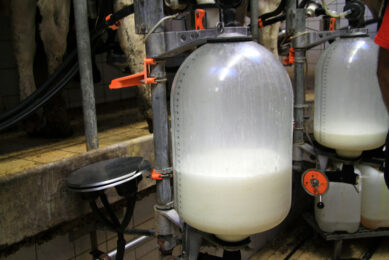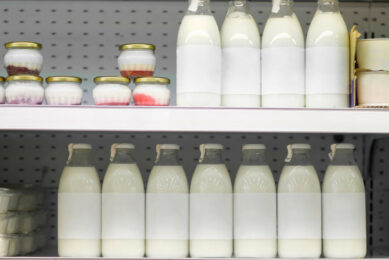US should respond to China’s ag import diversification

China has been on a mission over the last 10 years to diversify its sources of agriculture imports. Where does this leave the US and how should it change its strategy?
The USDA has said that the US in the past was a part of a small number of suppliers to China, it now has strong competition from international players. In order to remain competitive, it needs to consider some steps to differentiate US agriculture products from the mainstream.

There appears to be a parallel expansion in the number of registered foreign facilities exporting meat, dairy, and seafood (amongst others) to China, according to a USDA report.
The result of diversification has come about as a trend urged on in some way by the country’s economic growth, the rising middle class, and growing consumer demand for an increasingly diverse and affordable diet. In response, the central government has taken steps to widen its import base, in an attempt to widen its mix of international suppliers in order to avoid over reliance on any single market.
The central government’s call for increased import diversification has led China’s General Administration of Customs (GACC) to approve market access requests at a quicker pace than done previously.
The USDA added that, “products, to varying degrees, compete against those coming from the United States. The lower or zero duties afforded trade agreements…also contribute to tougher competition. Imports of US food and agricultural products will face increased import competition in the future as China continues to diversify its import sources.”
How the US should respond
With this on the backdrop and to keep its competitiveness strong, it is advised that US exporters consider taking steps to differentiate their products from the mainstream. This means that there should be emphasis on: the superior quality, safety, and sustainability of US products to attract consumer interest, as local consumers are increasingly focused on health and nutrition, they are willing to pay more for agricultural products featuring these characteristics. Targeted marketing and educational activities to highlight unique characteristics are helpful ways to generate awareness and interest in US products.
China is now the world’s largest agricultural importer with imports totalling $133.1 billion in 2019.
For the full USDA report and a view of the GACC market access approvals 2019 – 2020/1, click here.
 Global market prices
Global market prices
Overview of prices for: raw milk, dry whey, skimmed milk powder, cheese and butter, as well as global dairy trade and world prices for dairy products. Stay up-to-date…
Join 13,000+ subscribers
Subscribe to our newsletter to stay updated about all the need-to-know content in the dairy sector, two times a week.










